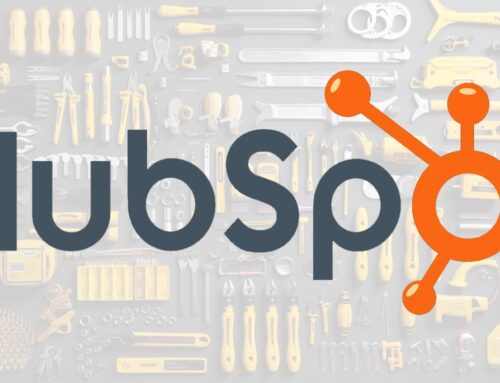In the dynamic realm of digital marketing, it is crucial to keep an eye on how your campaigns are performing. It’s not enough to merely set them running and hope for the best. There is a constant need to monitor, measure, and modify to maximize returns on your marketing investment. This article will guide you through the key metrics you should be tracking and the tools that can help you measure your digital marketing performance effectively.
Digital marketing is a multifaceted discipline. It encompasses search engine optimization (SEO), content marketing, social media marketing, email marketing, pay-per-click (PPC) advertising, and much more. Each of these areas has its own unique set of metrics that need to be tracked to gauge performance. However, there are also overarching metrics that apply to all areas of digital marketing.
In this guide, we’ll delve deep into these key metrics, explaining what they are, why they’re important, and how you can track them. We’ll also introduce you to some of the top tools that digital marketers use to monitor these metrics, providing you with the knowledge you need to optimize your marketing campaigns based on hard data, not guesswork.
Table of Contents
- Key Metrics in Digital Marketing
- Essential Tools for Monitoring Digital Marketing Performance
- Final Thoughts
- Sources
1. Key Metrics in Digital Marketing
1.1 Traffic
Traffic refers to the number of people who visit your website. This is one of the most basic yet essential metrics to track. More traffic generally means more opportunities to convert visitors into customers.
1.2 Conversion Rate
Conversion rate is the percentage of visitors who complete a desired action, such as making a purchase, filling out a form, or subscribing to a newsletter. It’s a direct measure of your marketing effectiveness.
1.3 Customer Acquisition Cost (CAC)
CAC is the average amount you spend to acquire a new customer. This includes the costs of all marketing and sales efforts. Keeping CAC lower than the value a customer brings to your business (CLV) is crucial for profitability.
1.4 Customer Lifetime Value (CLV)
CLV is the total revenue you can expect from a customer over the duration of their relationship with your business. By comparing CLV to CAC, you can ensure you’re making a profit from your marketing efforts.
1.5 Return on Investment (ROI)
ROI measures the profitability of your marketing campaigns. It’s calculated by subtracting the cost of the campaign from the revenue it generated, then dividing by the cost of the campaign.
2. Essential Tools for Monitoring Digital Marketing Performance
2.1 Google Analytics
Google Analytics is a powerful, free tool that allows you to track a wide variety of metrics, including traffic, conversion rate, bounce rate, and user behavior on your website. It’s an indispensable tool for any digital marketer.
2.2 HubSpot
HubSpot is a comprehensive marketing, sales, and service software that provides a wealth of data about your customers and how they interact with your business. It helps you track customer journeys, measure your sales funnel, and calculate metrics like CAC and CLV.
2.3 SEMrush
SEMrush is an all-in-one marketing toolkit, providing solutions for SEO, PPC, content, social media, and competitive research. It’s particularly useful for tracking keyword rankings and monitoring your SEO performance.
2.4 Hootsuite
Hootsuite is a social media management platform that allows you to schedule posts, monitor social media conversations, and track your social media performance. Its analytics capabilities can help you measure the ROI of your social media campaigns.
Final Thoughts
The process of measuring digital marketing success is not just about data collection; it’s about making sense of that data and translating it into actionable insights. Metrics like traffic, conversion rate, CAC, CLV, and ROI are integral to understanding the effectiveness of your marketing efforts. They help you pinpoint what’s working and what’s not, enabling you to make data-driven decisions and optimize your campaigns for better results.
Remember, the value of these metrics lies in their interrelations. For instance, high traffic is good, but if your conversion rate is low, you may need to revisit your strategy. Similarly, a low CAC is ideal, but if your CLV is also low, you may not be maximizing profitability.
Monitoring digital marketing performance is made easier with tools like Google Analytics, HubSpot, SEMrush, and Hootsuite. These tools not only help you measure these critical metrics but also provide insights into customer behavior, SEO performance, and social media engagement. Mastering these tools and understanding these metrics is an ongoing journey, but it’s one that can lead to significant improvements in your marketing performance and overall business success.








